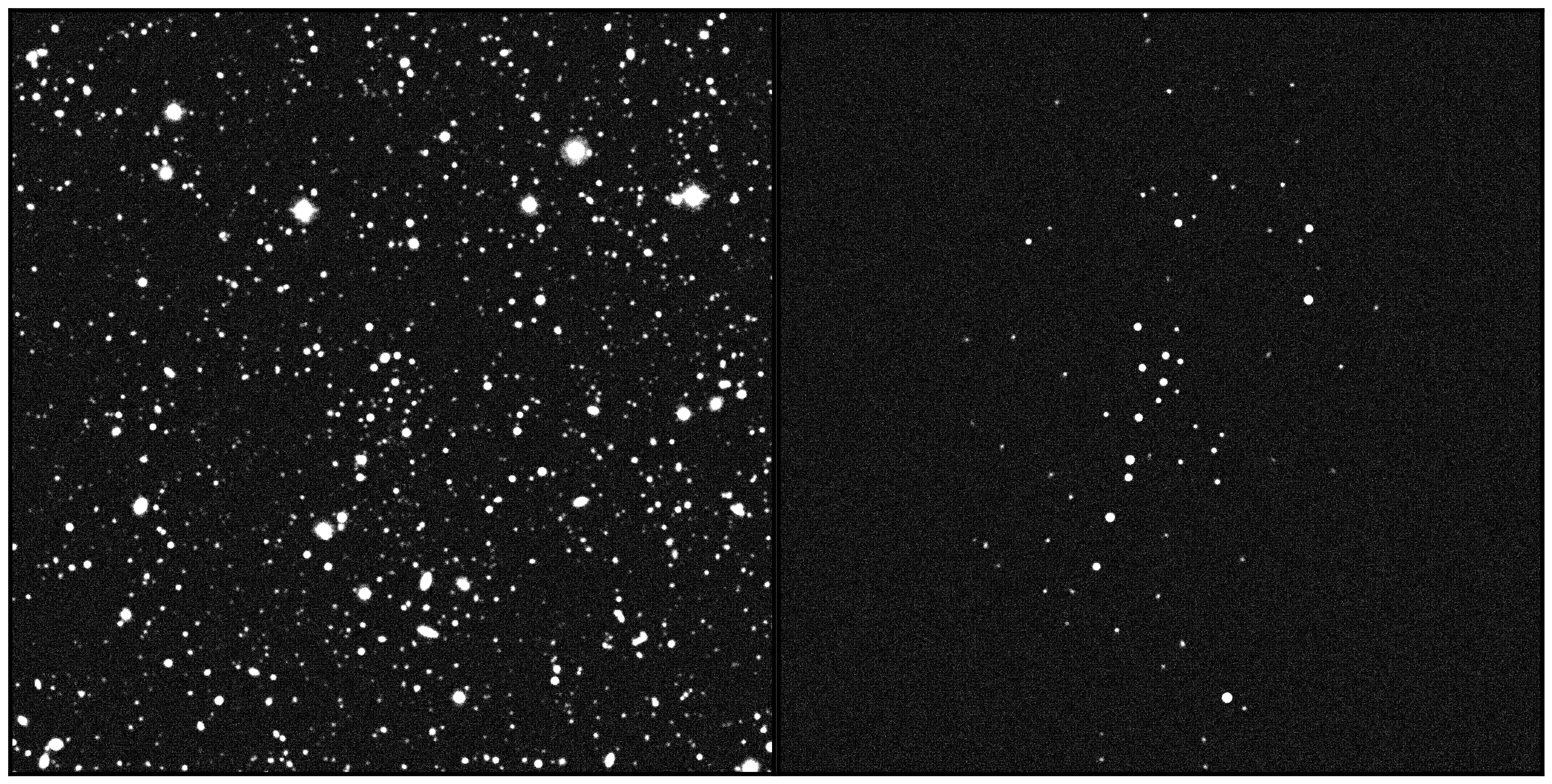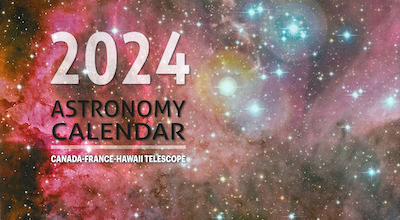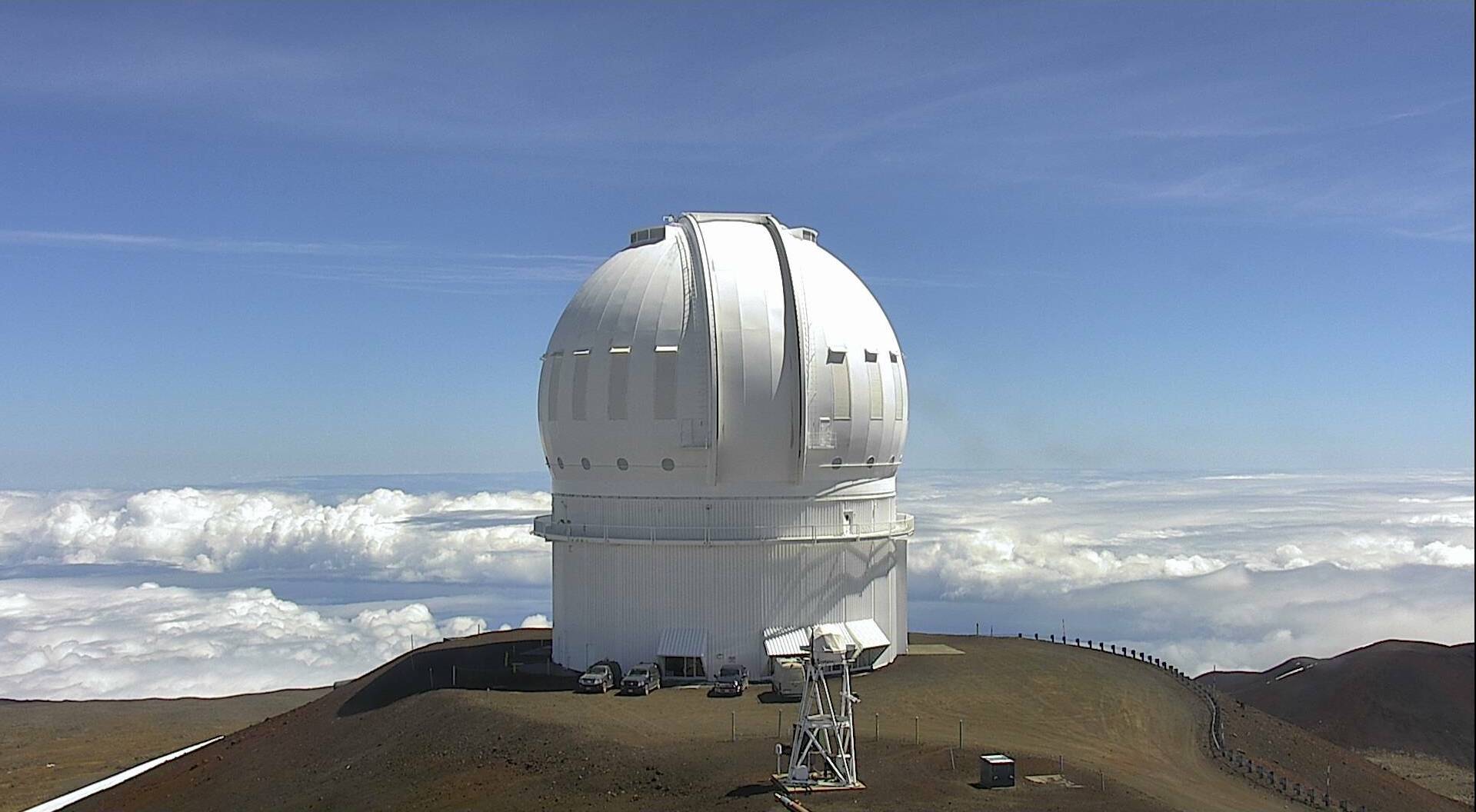The PI of SITELLE, Laurent Drissen is awarded the NSERC Large Companies Synergy Award for Innovation .
Laurent Drissen, the Principal Investigator of SITELLE, won the Large Companies Synergy Award for Innovation attributed by the Natural Sciences and Engineering Research Council of Canada (NSERC). This prize recognizes examples of collaboration that stand as a model of effective partnership between industry and colleges or universities. It is awarded to Professor Drissen for the development of SPIOMM which is operated at the Observatoire du Mont Mégantic in Québec and for the development of SITELLE, the latest instrument installed at CFHT. Both instruments were developed in a partnership between ABB Inc. and the Université Laval in Québec City.
SITELLE started scientific operations at CFHT on March 3 2016. It is the most complicated instrument to be operated in Queued Service Observations at CFHT. The instrument has the capabilities of both an imager and a spectrograph and generatesd millions of spectra during a single scan. There are very few instruments in the world capable of achieving this.
When instruments are designed, a choice has to be made between the field of view of the instrument and the number of colors that can be observed in one exposure. Imagers can observe a large field of view but not many colors. On the other hand, a spectrograph can observe at best a few objects at a time but can record thousands if not hundreds of thousands of colors in a single exposure. This dichotomy is very well illustrated with MegaCam and ESPaDOnS at CFHT. MegaCam has a very wide one degree field of view but can observe only one color at a time and has 11 filters available so it can potentially observe one field in 11 different colors. On the other hand, ESPaDOnS can only observe one star at a time with a very small field of view, but can record many tens of thousands of colors or spectral elements in one exposure.
It is technically very difficult to have both a wide field and a large number of colors recorded simultaneously by one instrument but Prof. Drissen and his team at the Université Laval working with ABB Inc. were able to achieve this by using interferometry. This technique uses the interference of electromagnetic waves to extract spatial and spectral information simultaneously across the observed field of view. Using this powerful technology, ABB Inc. developed SITELLE,which is able to take images of thousands of colors over a field of view of 11 arc-minutes thus giving astronomers access to potentially millions of spectra to perform detailed analyses of the physical properties of their sources of interest.
The capability of SITELLE to record a large number of spectra over a large field of view leads to unique research opportunities for astronomers using CFHT. For example, astronomers can map the abundances and radial velocities of various elements over entire galaxies in a single scan. SITELLE has been available at CFHT for a little less than a year and already two scientific papers were published using data from this instrument. The first paper reports on the kinematics of NGC 6720, also known as the ring nebula. The authors were able to derive the deepest and the most spatially resolved maps of ionized hydrogen and nitrogen ever made of this nebula. The second paper, just published this month, included radial velocity measurements of a hundred clumps in the ejecta of the classical nova AT Cnc. These kinds of studies demonstrate the how the unique capabilities of SITELLE will help astronomers using CFHT to advance our knowledge of the Universe.





